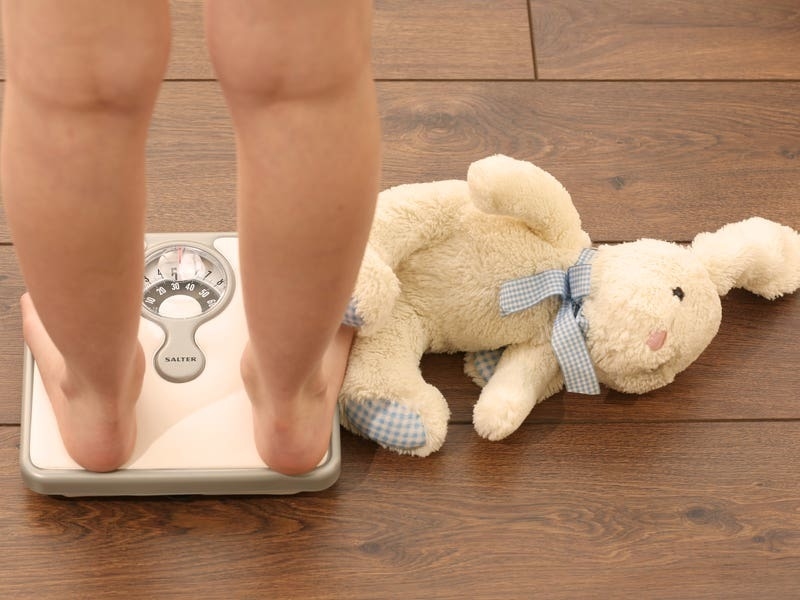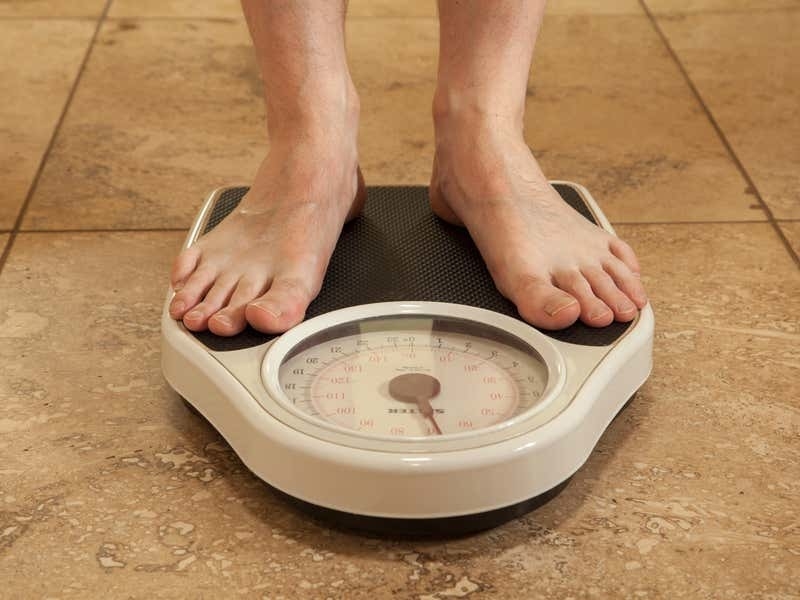- Population of Jersey has topped 100,000 for first time
- New figures fund that the population at the end of 2014 was 100,800
- Read all of Jersey’s previous census figures below
- Should Jersey’s population be capped? Take part in our poll
- Comment: Read what the JEP thinks
JERSEY’S population has risen above 100,000 for the first time, according to figures published today.
The number of people living in Jersey increased by ten per cent between 2001 and 2011 and the official census four years ago revealed that 97,857 were resident in Jersey.
Now the States Statistics Unit, which carries out yearly updates, has released a ‘robust estimate’ that suggests the population at the end of 2014 was 100,800.
The unit’s report reveals that in 2013 and 2014 net inward migration – the difference between the number of people moving to and leaving Jersey – was around 600 per year.
- 600 natural change (births minus deaths) over the 2013 2014 period
- 1,200 new arrivals (net inward migration)
Of those 1,200:
- 400 were licensed (formerly J-Category) employees and their families
- 800 were registered (formerly non-qualified) workers and their families.
This was nearly twice the target of 325 people set out in the States Interim Population Policy.
Now, Deputy Geoff Southern, who has repeatedly called for better immigration controls, has raised fresh concerns that the Island may be exacerbating its debt because the majority of newcomers are low-paid workers who pay relatively little tax.
‘It falls back to the problem that our spend is higher than our income and we may be exacerbating the problem.
‘The reality is that throughout the last decade, perhaps the last two decades, they have failed.
‘All they can do is count the number of people coming in.’
Assistant Chief Minister Paul Routier, who has responsibility for administering the Control of Housing and Work Law and population policy, said the breach of the 100,000 mark was not a surprise, but that it would have ‘been nice for numbers to have been a bit lower’.
He added: ‘It shouldn’t have any major implications to change many things.
‘It might mean a few more children in school, but it’s not as if extra classrooms are required or anything like that.
‘The numbers are not out of proportion for the total population.’

To monitor the number of Island residents the unit conducts annual updates, calculated by assessing administrative data such as pre-school information, school information and employment figures and is also able to test assumptions against previous trends.
- The resident population has increased by almost 11,000 during the last ten years.
- In 2011 the census, which provides a much more accurate population picture, revealed that 97,857 peopl lived in the Island.
According to the latest population estimate, in the two years between 2012 and 2014 Jersey’s resident population increased by 1,800 from a previous estimated total of 99,000.
Of that figure, ‘natural change’ – the number of births minus the number of deaths over those two years – accounts for approximately 600 new residents in two years.
The remaining 1,200 increase is a net inward migration of Island newcomers.
The report shows that of those 1,200, 400 were ‘licensed’ (formerly J-Cat essential workers) people and their families and 800 were ‘registered’ (formerly non-qualified) employees and their dependants.
Senator Routier said that the Island needed to balance its need for growing the economy and continue to provide services for the community.
‘There’s always going to be a need for people to come to the Island and we’ve got to balance everything up,’ Senator Routier said.
IS Jersey importing a timebomb? And, with a huge deficit looming in our public finances, is the failure to stick to government immigration levels of 325 people a year exacerbating the economic situation?
These questions are raised again today by Deputy Geoff Southern, who has been banging the population drum for many years.
In 2011, he spoke out when the results of the last census revealed there were almost 98,000 living in the Island. Now, we are told that the number has risen above 100,000 for the first time, having climbed at a rate twice the 325-a-year figure.
With more and more people in retirement, the taxpaying workforce must expand to keep the economy ticking over and the Treasury’s coffers full enough to pay for pensions and public services.
As the immigration debate hots up across Europe, and with desperate scenes of migrants trying to jump into the back of lorries in Calais in the news, this debate must not be allowed to polarise.
The fact is that we need shop staff, hospitality workers and agricultural labourers as much as we need surgeons and teachers.
But as Senator Paul Routier says today, the balance must be right.
The figures released this morning suggest that we are still a long way from finding that balance – sustainable immigration which will pull us out of economic stagnation and debt, help build a strong economy and reduce the need to concrete over the natural environment.
The Senator, who has ministerial responsibility for population, also admits that he would ‘love the numbers to be lower’.
There are few, whether immigrant or Jersey-born, who would disagree with that statement.
Ministers have long held on to the figure of 325, and it may well be a sensible number, but the consistent failure to stick to it – to find a mechanism to keep immigration in check – further undermines faith in those at the top.
Registration cards and other measures brought in with the Housing and Work Law were hailed as answers to some of the problems being asked today. When the States debated its implementation, the then Deputy Sean Power and others raised concerns that there were too few people employed to catch those working and living illegally. Assurances were given, but where is the evidence of effective control? Is this another law not being enforced?

- The population increases are because of two main factors: natural change the number of births minus the number of deaths in a year and net migration, the number of people arriving in the Island.
- Under the States Interim Population Policy, the government has set a target of an increase of 325 people per year for net inward migration.
- The annual numbers arriving in the Island, however, are routinely far in excess of this figure.
- According to the States Statistics Units latest update, which they call a robust estimate, Jerseys population was 100,800 at the end of last year.
- That comes as an increase of 1,800 since the last estimate 99,000 was published in 2012.

- 2000: 88,400
- 2001: 88,900 (actual census: 87,186)
- 2002: 89,300
- 2003: 89,600
- 2004: 90,100
- 2005: 91,000
- 2006: 92,300
- 2007: 94,000
- 2008: 95,400
- 2009: 96,200
- 2010: 97,100
- 2011: 98,100 (actual census: 97,857)
- 2012: 99,000
- 2013: Data not available
- 2014: 100,800
2011: 97,857
2001: 87,186
1996: 85,150
1991: 84,082
1989: 82,809
1986: 80,212
1981: 76,050
1976: 71,018
1971: 69,329
1961: 59,489
1951: 57,310
1939: 51,080
1931: 50,462
1921: 49,701
1911: 51,898
1901: 52,576
1891: 54,518
1881: 52,445
1871: 56,627
1861: 55,613
1851: 57,020
1841: 47,544
1831: 36,582
1821: 28,600






